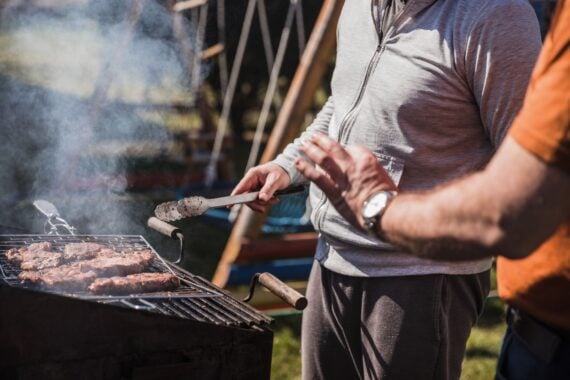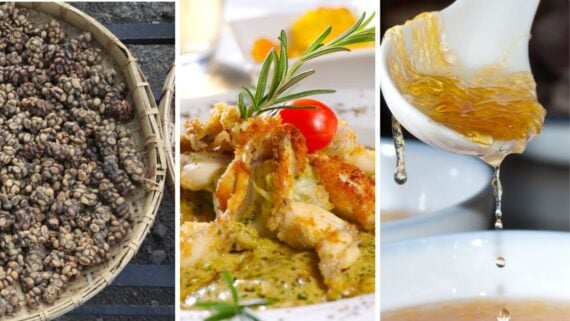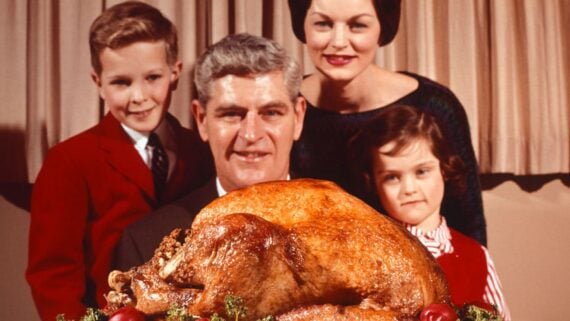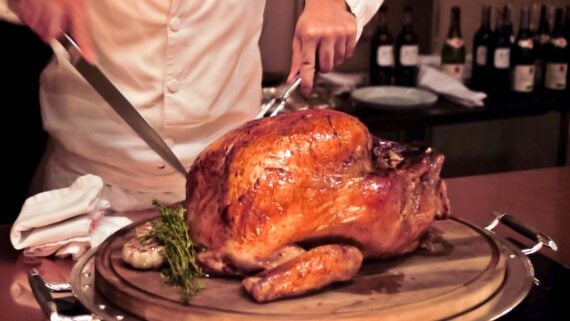It’s summertime, and that means grilling season. Chances are, you’ve thrown a steak or two on the grill in your time, but that can be a little stressful if you’re on a budget. Steaks are a relatively expensive cut of meat, so you don’t want to screw it up, whether you’re cooking indoors or out. Thankfully, there are some pitfalls you can easily avoid when you’re grilling up a steak dinner, so you don’t accidentally end up with underseasoned shoe leather no one wants to eat.
Not Preheating the Grill
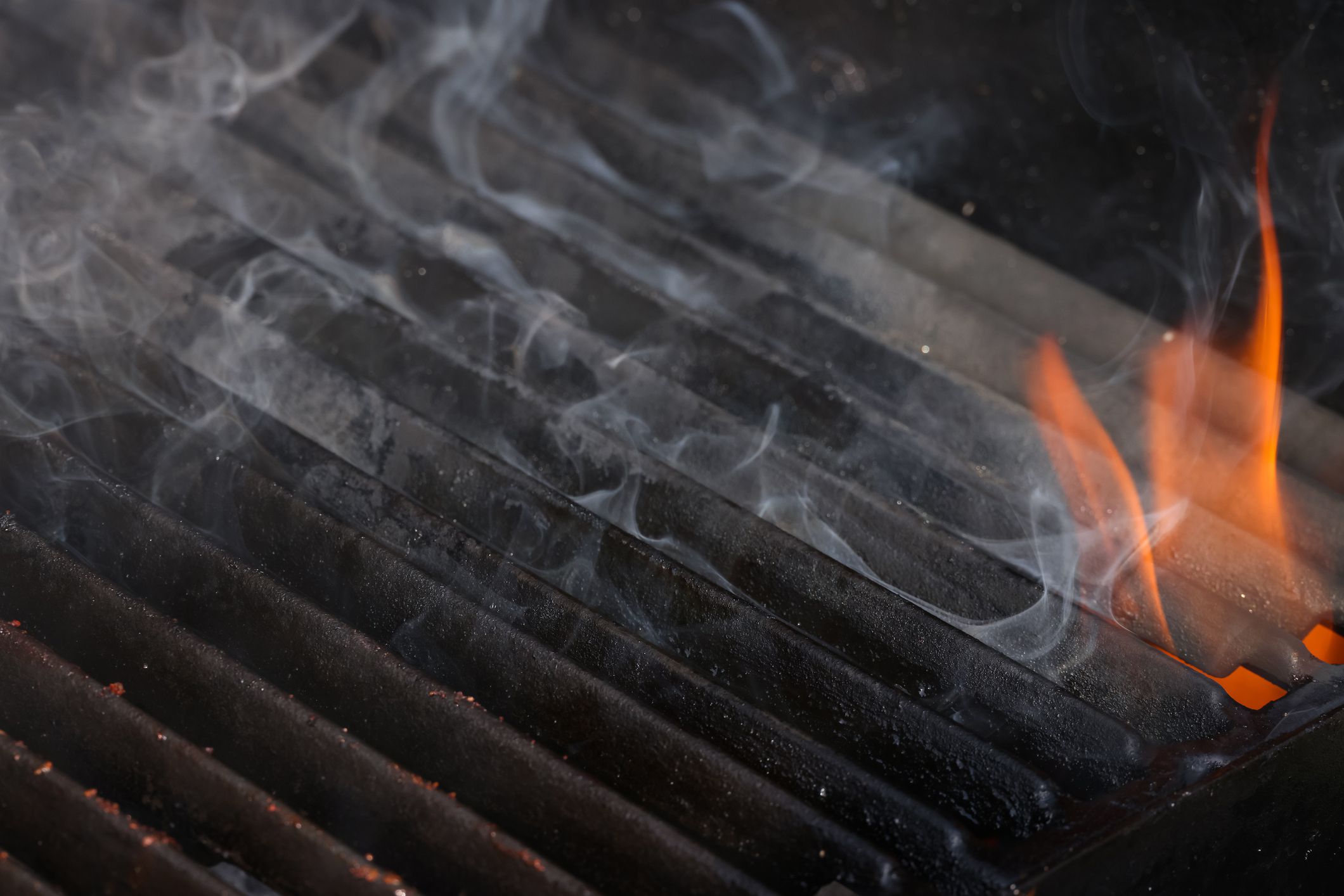
Sure, there may be flames coming from your grill’s burners or charcoal, but it takes a while for the grill grate itself to get hot. Once things are lit, close the lid and wait 10-20 minutes (or even 30 minutes for charcoal) for everything to get sufficiently hot. If it’s not hot enough, your steak will stick to the grate, and you won’t get nice charring on the meat.
Using Too Much Heat
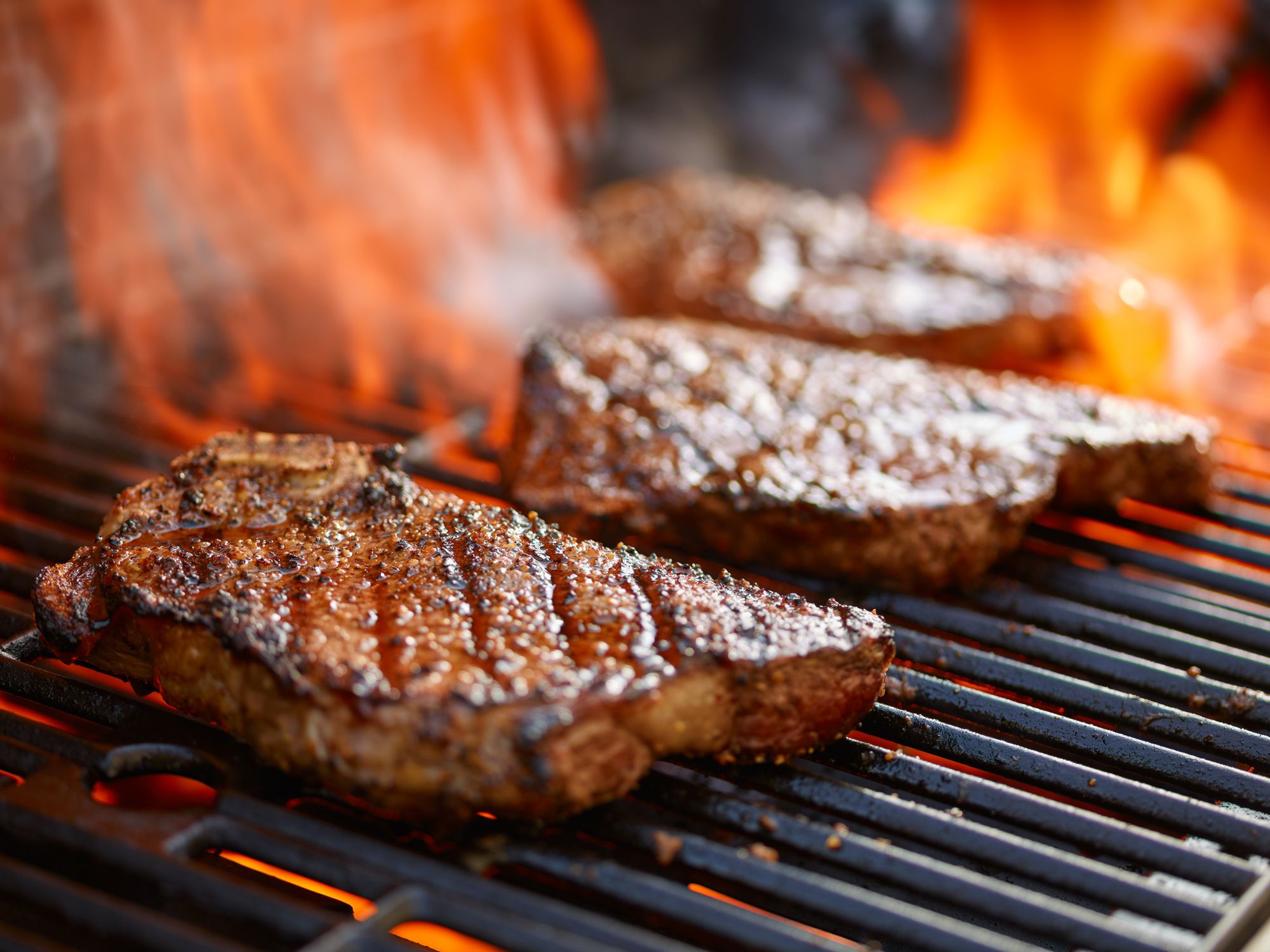
Once your grill is properly preheated, you may need to actually bring the temperature down a little bit. Leaving a steak, especially something like a 2-inch thick T-bone, over direct heat would mean that the outside turns to charcoal while the middle is still raw. Move the steak over to a spot where you have turned the burner off or removed the charcoal from below it, put the lid on the grill, and let it cook more slowly to avoid a black and blue piece of meat.
Using Lighter Fluid
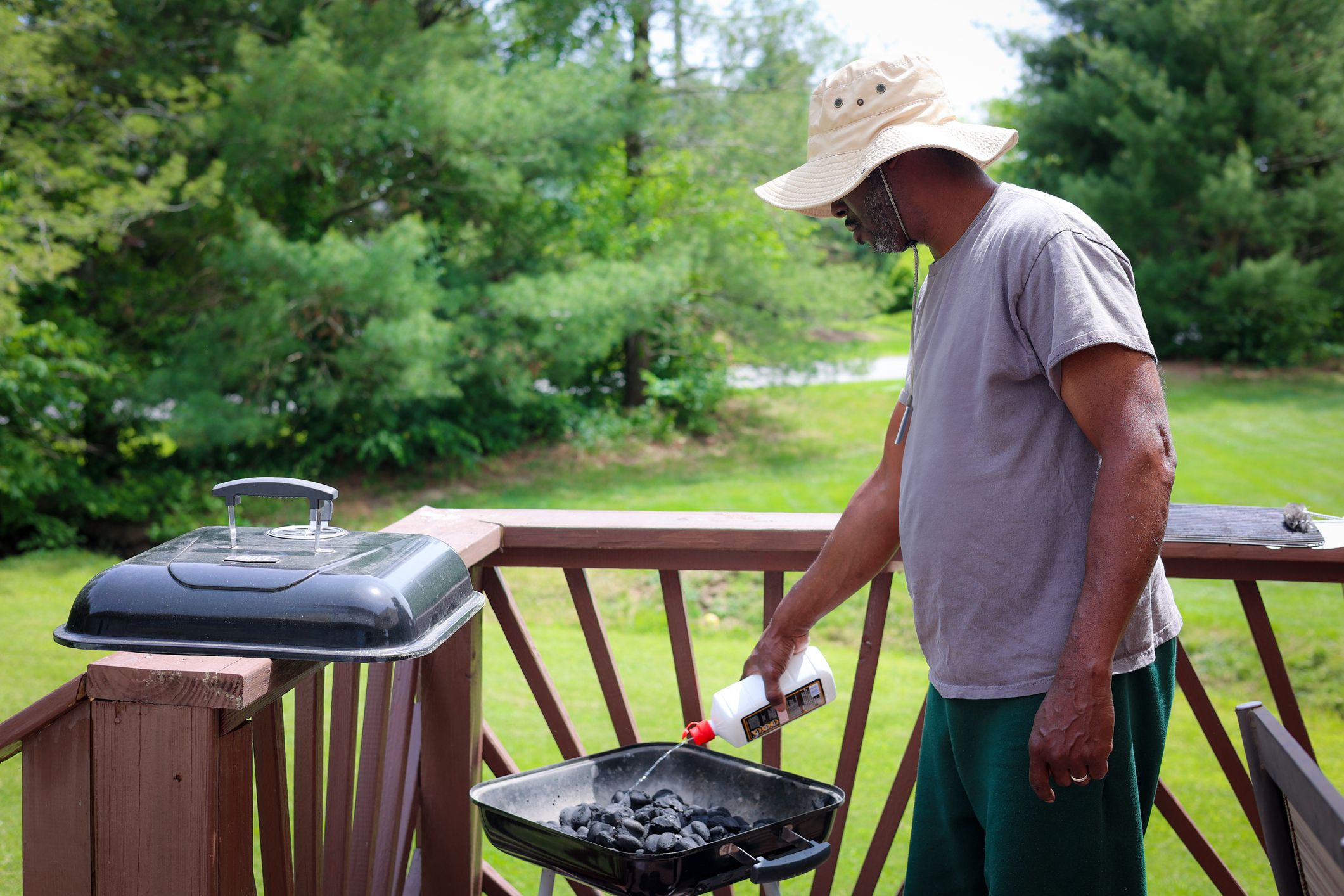
Sure, lighter fluid is easy and convenient to get those coals going. But it also has an unmistakable aroma that permeates directly into your food. Do you really want your $40, dry-aged steak tasting like gasoline? Definitely not. Try using a chimney starter for charcoal instead.
Buying the Cheapest Steak
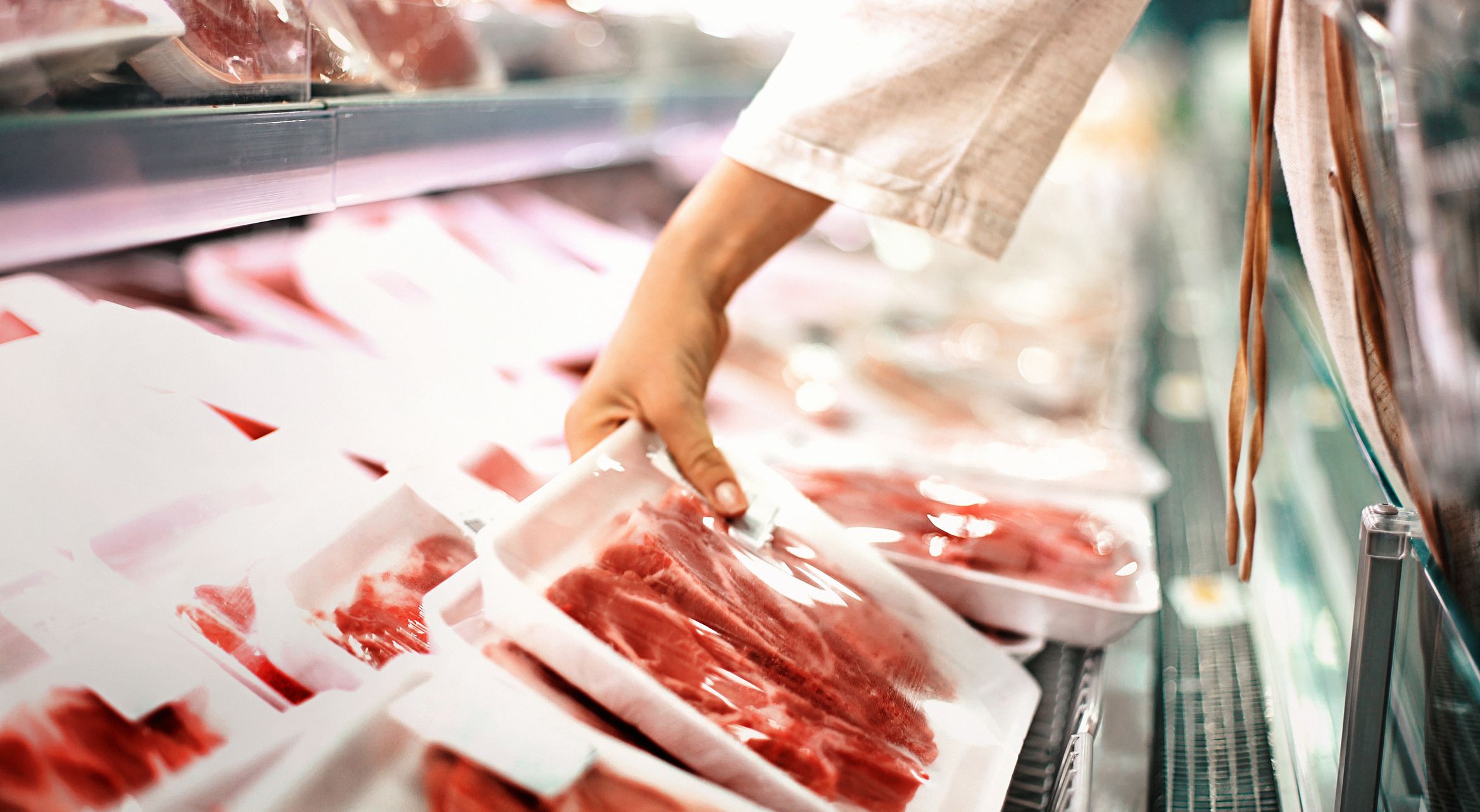
You don’t have to go all out and pay $50 per pound for a steak, but you should keep some things in mind when picking out a steak to grill. Fat marbling is key to a juicy and flavorful steak, and cuts like ribeyes and New York strips will have more marbling than leaner cuts like tenderloin. If you can afford it, look for USDA Prime steaks, which are graded based on the amount of marbling. USDA Choice, the next lowest grade, is a more economical choice while still being delicious. Avoid USDA Select, the lowest grade of beef, which will probably be pretty dry.
Not Patting the Steak Dry
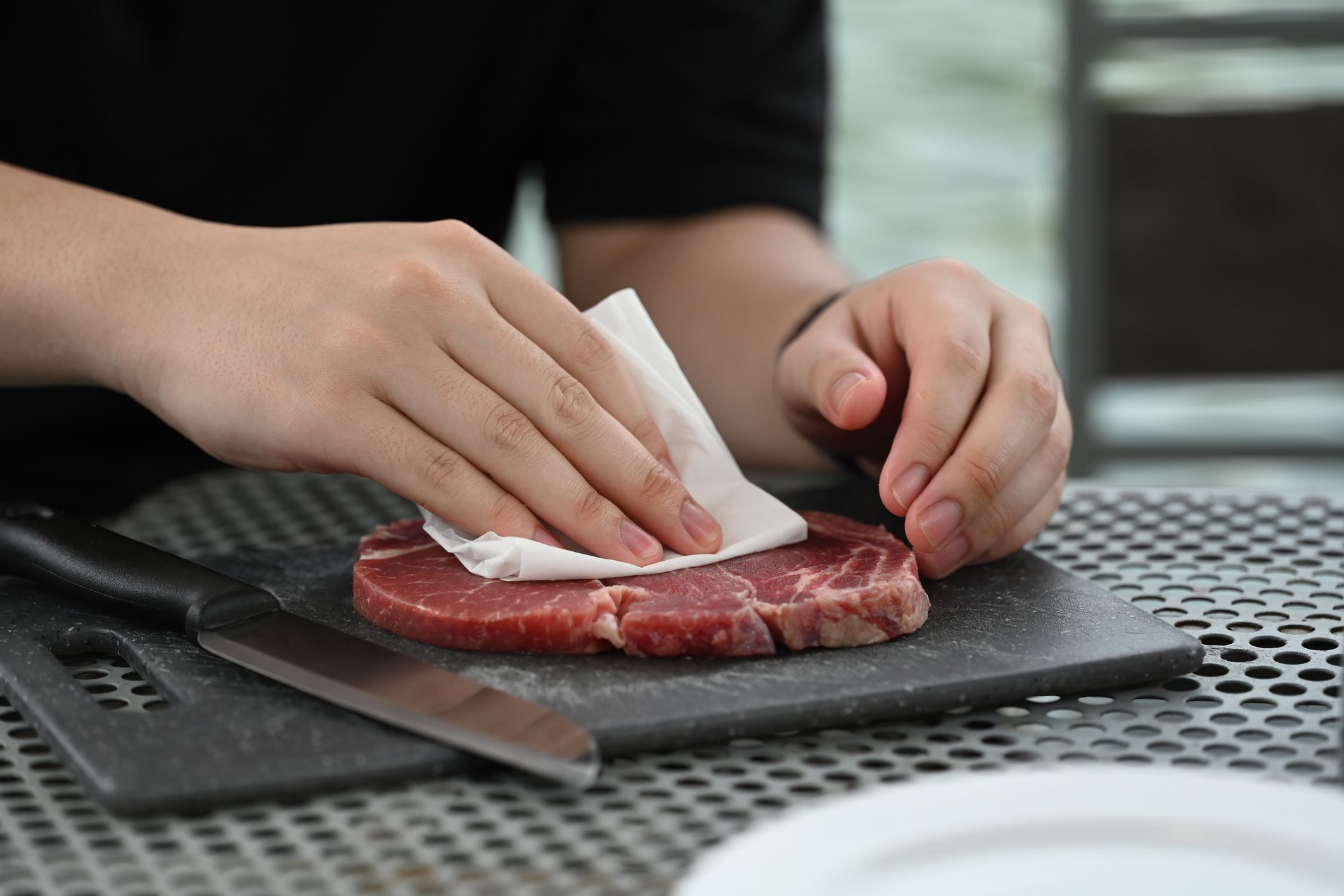
In order to get a good sear, the steak needs to be as dry on the outside as possible. Pat it dry with a paper towel before grilling. Too much liquid on the surface of the beef will evaporate and create steam on the grill instead of the sear you want.
Trending on Cheapism
Cooking It Too Long
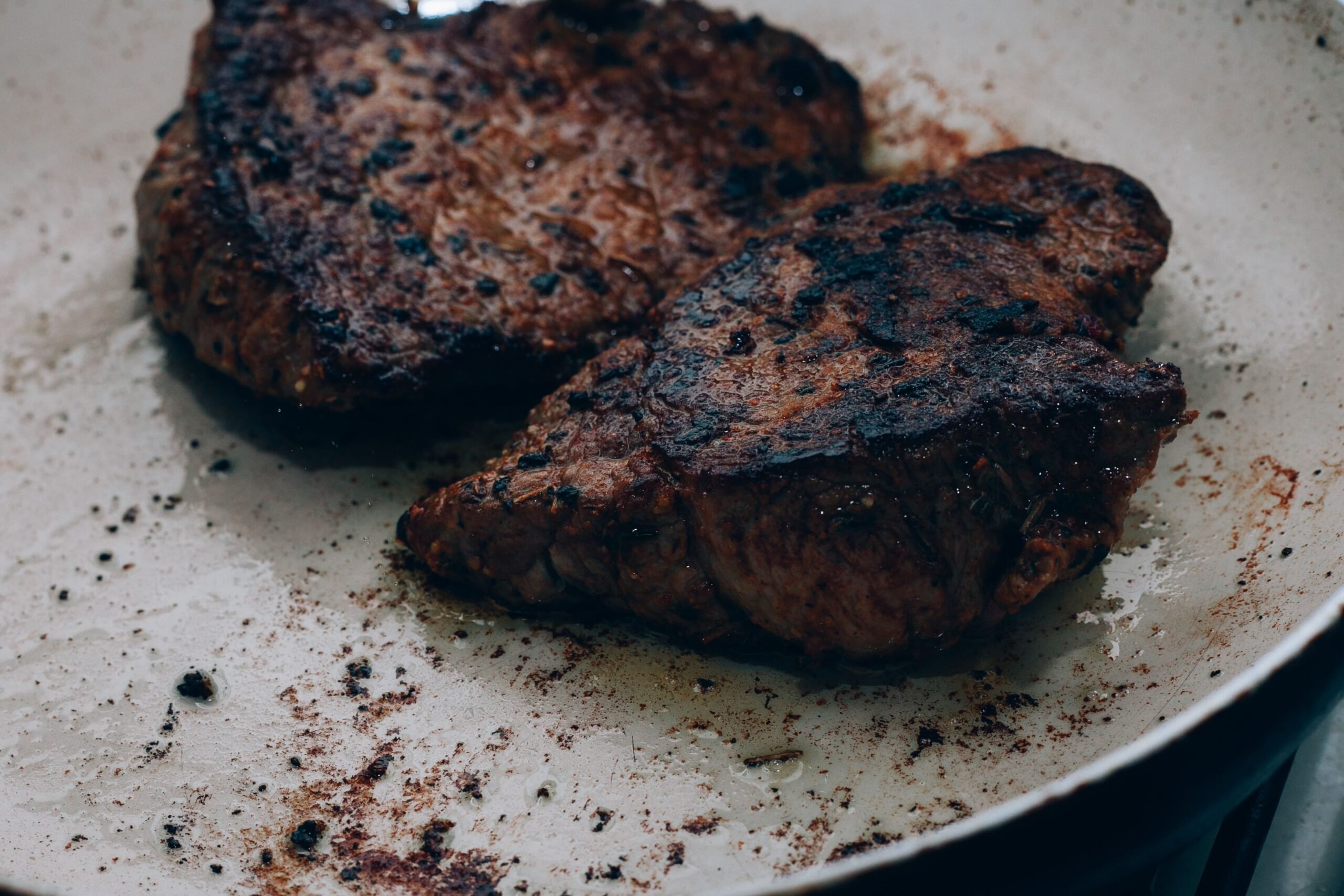
Just like cooking a steak in your kitchen, there will be carryover cooking when you grill it. That means that even once you’ve taken it off the heat, the beef’s temperature will continue to rise for a few minutes. So if you’re looking for a perfect medium, you probably want to take it off the grill and transfer it to a plate when it’s still a little medium-rare.
Not Seasoning It Enough
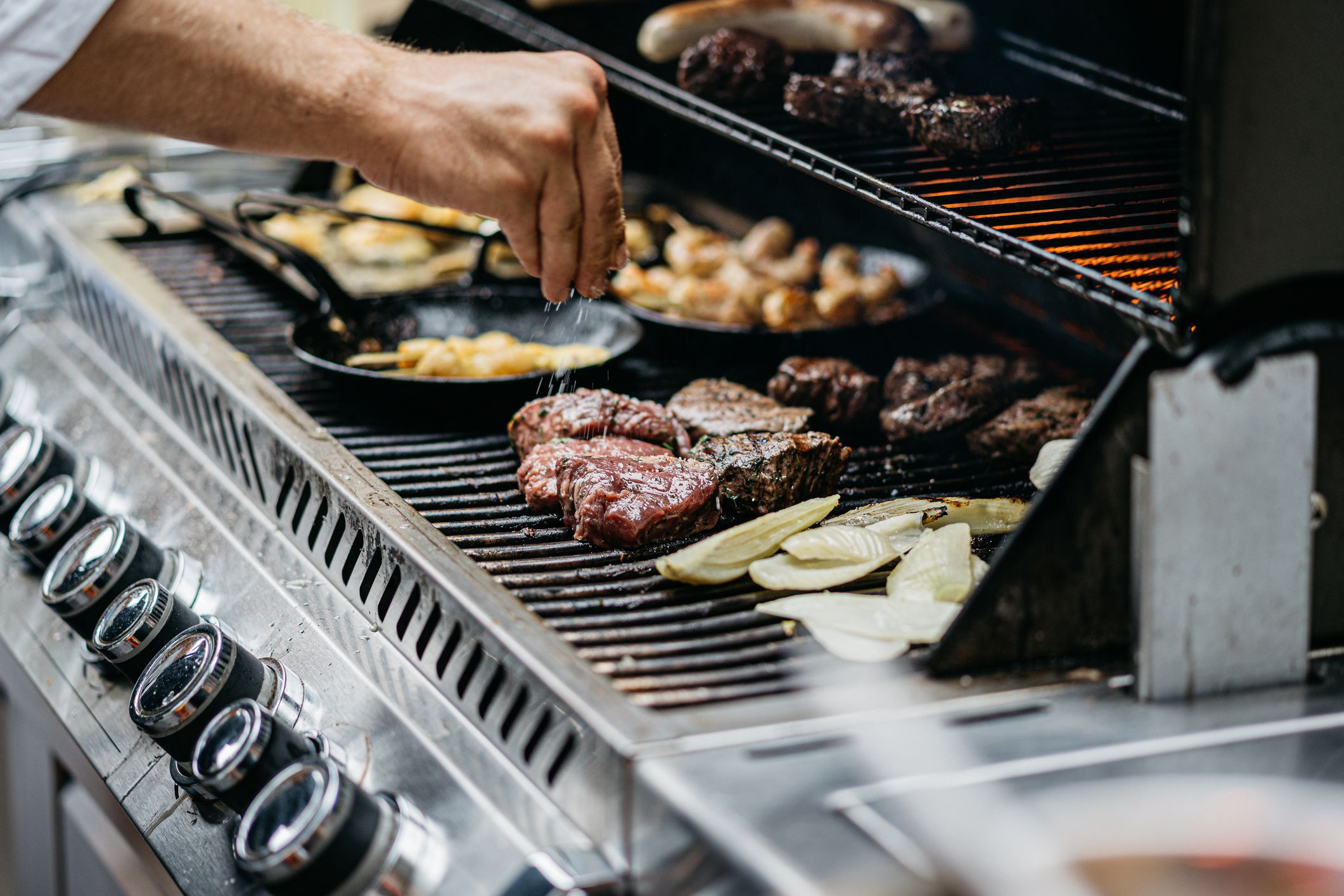
Have you ever watched a cooking show where a chef is making steak? You may have been surprised by the amount of salt and pepper they used to season it. Steaks can handle a lot of seasoning, but it makes sense when you think about it: There’s relatively little surface area on a steak in relation to the amount of meat, especially in large steaks. It may look like too much salt, but you’re seasoning one or two pounds of beef. When in doubt, err on the side of abundance, especially if you want it to taste like it came from a steakhouse.
Poking and Prodding It Too Much
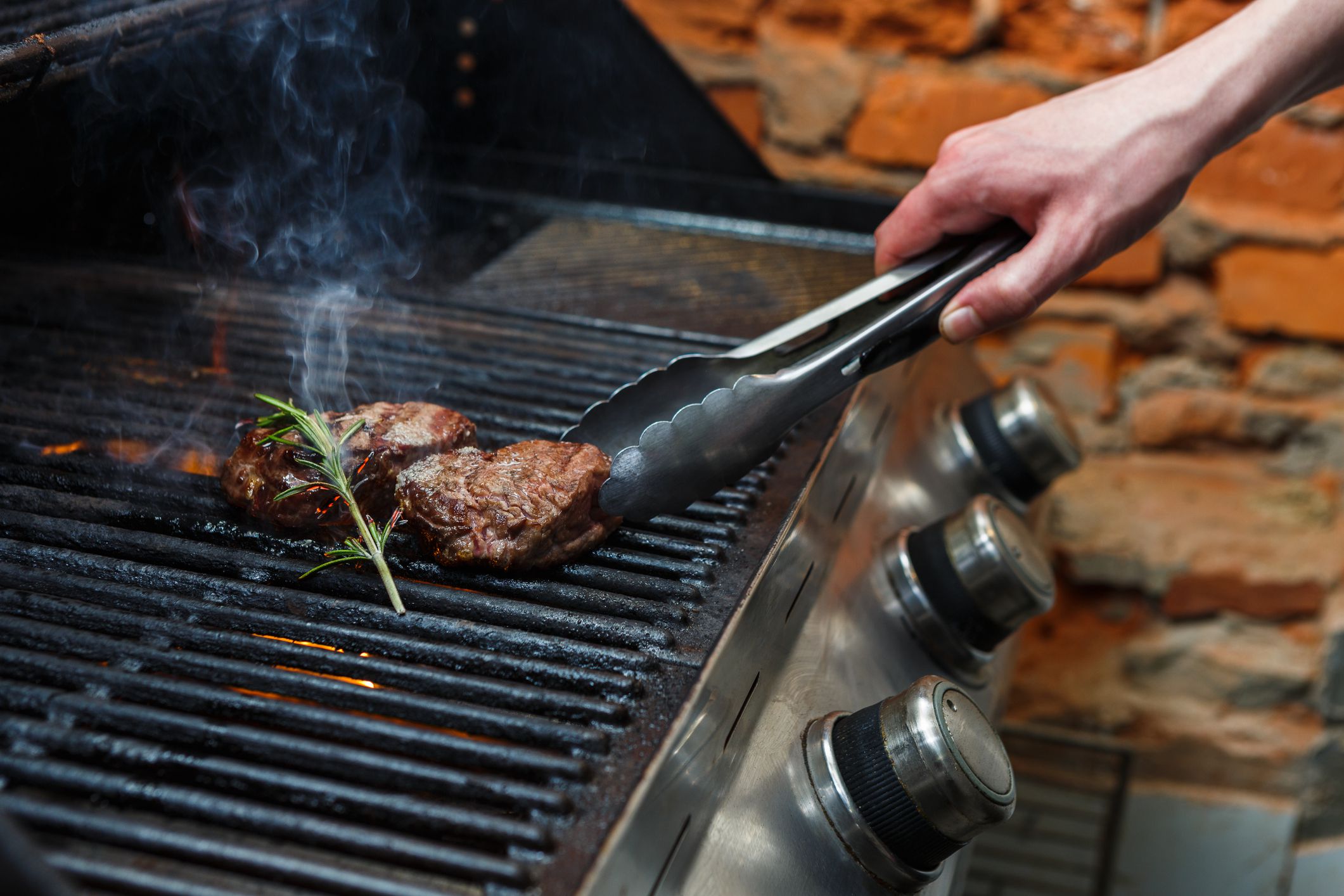
Don’t poke your beef with forks or other utensils that go into the meat. That creates ways for the juices to come out on the grill, and not on your plate. Use tongs or a spatula to flip your steak. This includes slicing into the steak to check its doneness, which brings us to…
Sign up for our newsletter
Not Using a Meat Thermometer
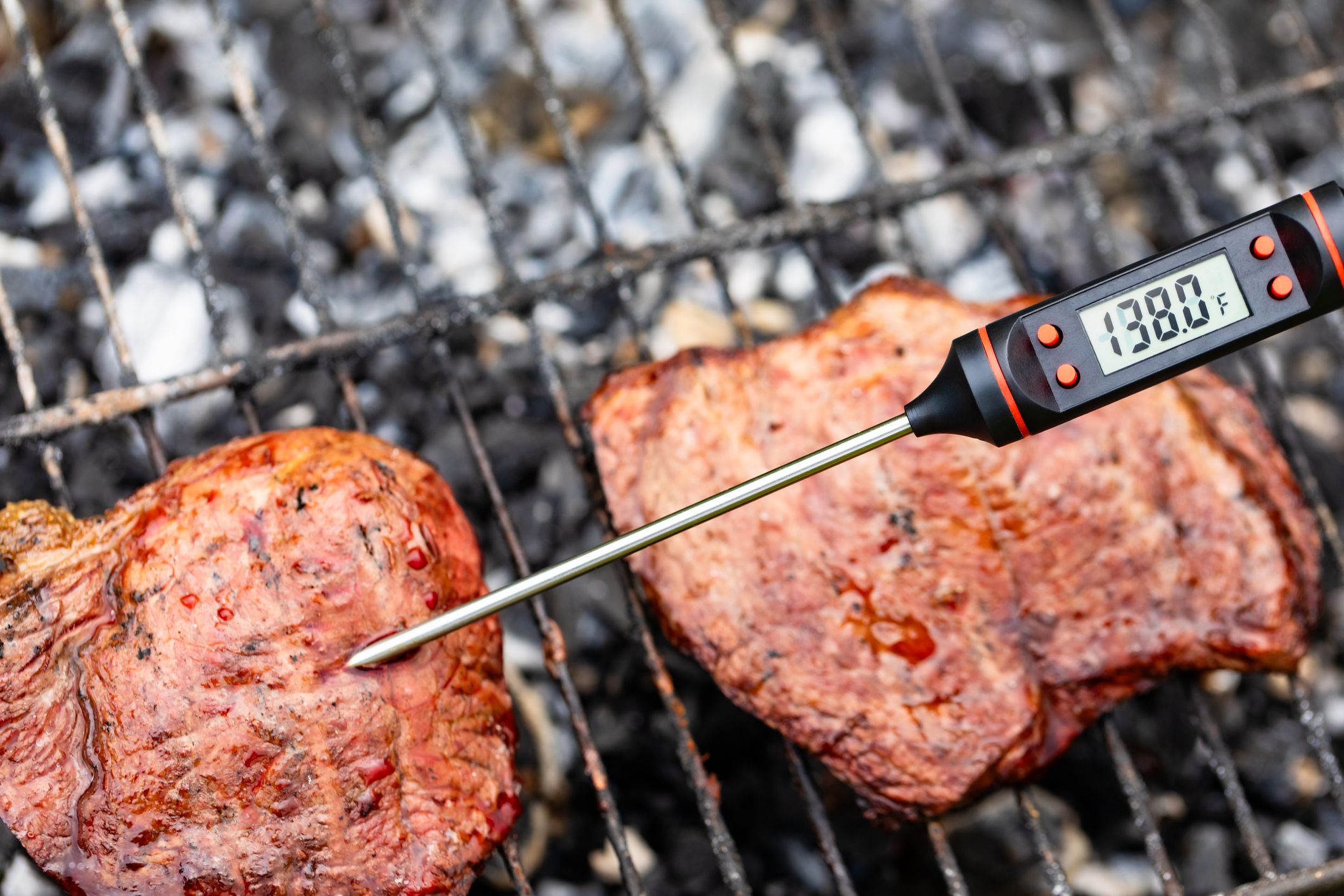
The only thing you should be poking your steak with is a meat thermometer. It’s the only way to tell just how done your steak is. Most meat thermometers have very narrow tips, so they don’t leave big holes in your steak. The worst thing you can do is overcook an expensive steak, so invest in a meat thermometer to ensure that doesn’t happen.
Not Letting the Steak Rest
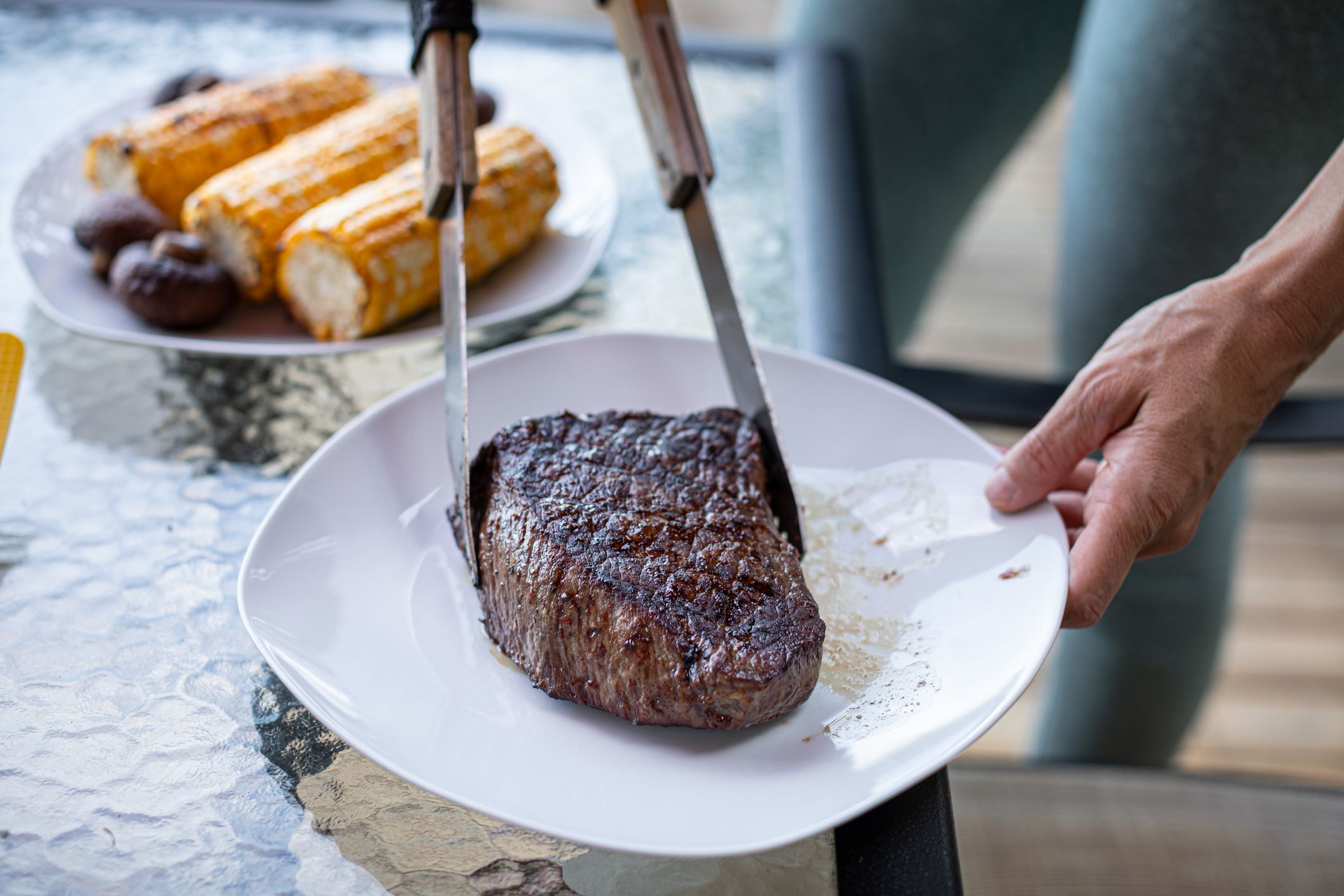
Another way to ensure that the juices stay inside your steak is by letting it rest for 5-10 minutes after you take it off the grill. Don’t cut into it or mess with it, just cover it loosely. That time will allow the juices inside the beef to redistribute so they won’t all gush out only the cutting board as soon as it’s cut.
Want to test more of your grilling knowledge? Try our grilling quiz.
